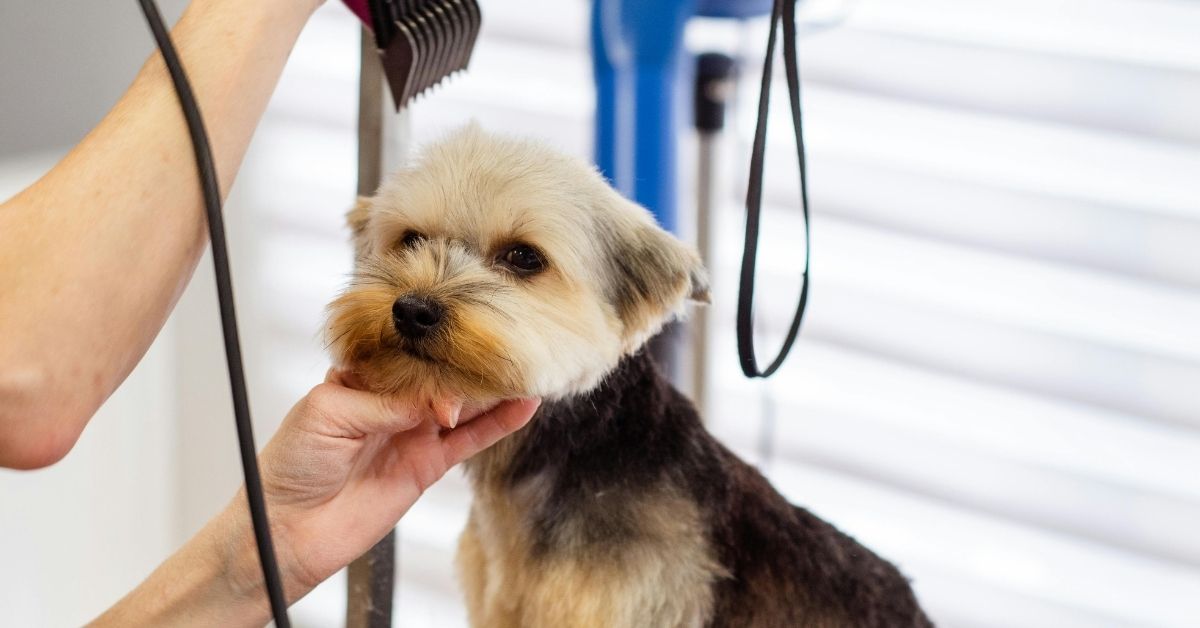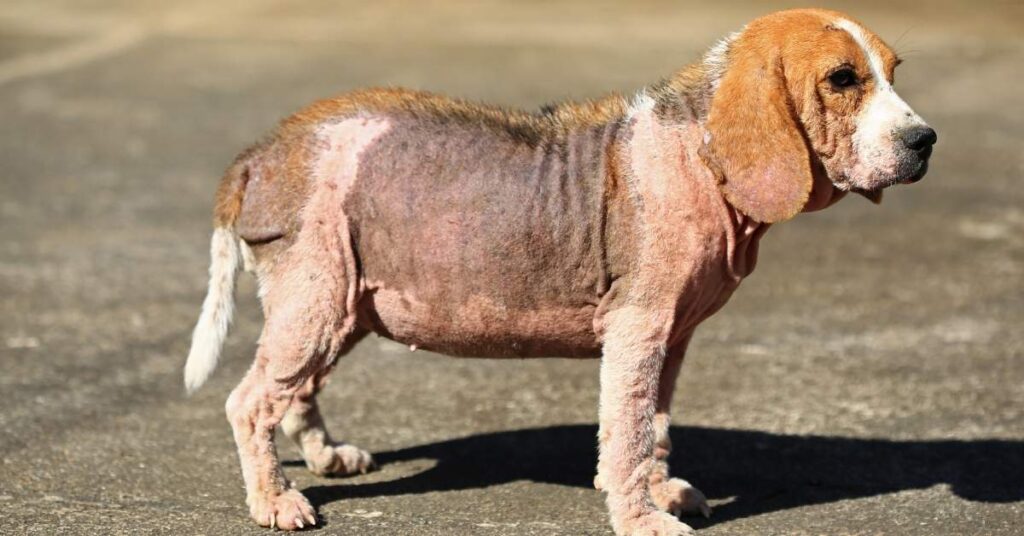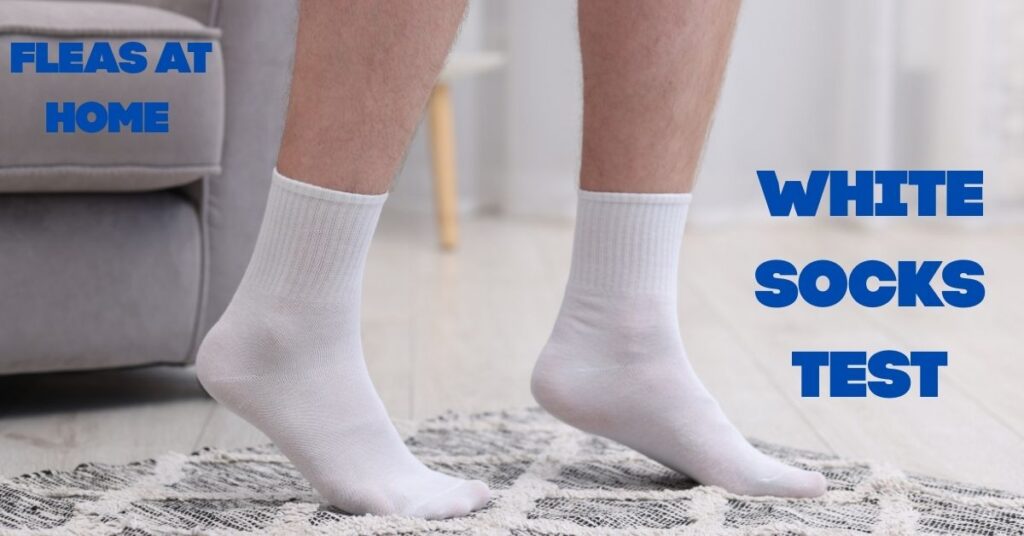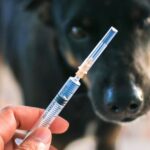Now Reading: How to spot mange in your dog early
- 01
How to spot mange in your dog early

How to spot mange in your dog early
Hey dog parents! Today we’re talking about mange in dogs, a skin issue that’s more common than you think. I’m here to help you spot it early and try safe home remedies. Let’s dive in—no fluff, just solid info.
What Is Mange?
What is mange? It’s a skin problem caused by tiny mites living on your pup’s skin or hair follicles.. There are two main types:
- Demodectic mange (aka red mange) – mites live in follicles. Not contagious to humans and often passes from mom to pup.
- Sarcoptic mange (scabies) – very itchy mites that burrow in skin. Super contagious to other dogs and even people
Both cause itching, hair loss, crusty skin, and discomfort Left untreated, mange can lead to infections and serious health issues
How to Spot Mange in Dogs Early

Early detection of mange on dogs means faster treatment and less scratching. Watch for these signs:
1. Itching & Scratching
Your dog seems obsessed with scratching, biting their skin—even when there’s no fleas around
2. Bald Spots & Thinning Fur
Check around eyes, ears, elbows, and belly. Early mites make hair fall out in patches
3. Red or Crusty Skin
Red, raised bumps (papules), scabs, or thick crusts—classic signs
4. Behavioral Changes
Dogs may lose their appetite, seem low-energy, or have enlarged lymph nodes when mange gets worse .
5. Persistent Sores & Infections
Open scratches invite bacteria—look for oozing wounds or rash .
Spot the itch, act on the patch. That’s how you catch mange in dogs early.
Must Read: Sensitive Stomach Dog Food: What to Look for in 2025
Vet or Home Care?
Here’s the deal: mange in dogs needs a vet diagnosis. They’ll do a skin scrape or biopsy
Once they confirm:
- Demodectic mange may resolve on its own in mild cases or need medicated dips or oral meds
- Sarcoptic mange always needs vet treatment plus home care, and strict isolation to avoid spreading
Top Home Remedies for Dog Mange
With your vet’s OK, try these top home remedies for dog mange safely:
1. Apple Cider Vinegar
Mix 1:1 with water. Rinse affected areas or spray on. It changes skin pH to fend off mites .
2. Olive Oil & Aloe Vera
Pure aloe and light olive oil soothe skin and may suffocate mites in mild spots
3. Honey
Raw honey is antiseptic. Apply to sores to heal, relieve itch, and fight bacteria .
4. Yogurt
Plain unsweetened yogurt has probiotics. Use as a mask to help smother mites.
5. Aloe Vera Gel
Gentle, cooling relief with anti-parasitic benefits—just don’t let them lick it off
6. Neem or Turmeric
Diluted neem or turmeric rinses may repel mites and soothe skin
Safety Tips for Home Remedies
- Always consult your vet first—some treatments only suit mild cases
- Spot test first on a small patch to check the skin’s reaction.
- Use Elizabethan collars so they don’t lick off ointments.
- Keep clean—wash bedding, toys, collars, hot to kill mites
- If irritation or symptoms worsen, stop home treatment and revisit the vet.

Home care isn’t a replacement—just a boost alongside vet-approved treatment. But we have a Treat for you: Natural Flea and Tick Control for Dogs: 10 Best Homemade Solutions
Vet Mange Treatment
Meds clear mange fast:
- Topical shampoos & dips with benzoyl peroxide or amitraz
- Oral meds like ivermectin (caution in herding breeds), milbemycin, afoxolaner (NexGard®), fluralaner (Bravecto®
- Antibiotics for secondary infections
Treatment can last weeks or months, depending on the type and severity.
Prevention Tips
Help prevent future mange on dogs:
- Keep up with vet check-ups & regular preventives (like NexGard® or Bravecto®)
- Strengthen skin with fatty acid-rich diet (omega-3/6) and vitamins A & E
- Clean bedding, crates & collars regularly
- Isolate new pups until cleared.
Quick Comparison: Mange Types
| Type | Contagious? | Common Signs | Vet Treatment Needed |
| Demodectic | No | Localized hair loss, mild itch | Mild: possible home remedySevere: medicated dip/oral meds |
| Sarcoptic (scabies) | Yes | Intense itch, crusty rash, spreads | Definitely—topical/oral meds + isolation |
When to See the Vet Fast
- Intense itching or scratching
- Spreading hair loss
- Secondary infections (pus or odor)
- Your dog is lethargic or losing weight
Untreated mange in dogs can spiral—better to act fast.
FAQs
Mange is a mite-caused skin disease. It causes hair loss, scabs, and extreme itchiness. Two common types are demodectic and sarcoptic mange.
With vet approval, you can add apple cider vinegar, aloe, honey, yogurt, or neem to mild care. But vet-prescribed medication is usually needed.
Local mange may be treated with dips or oral meds. Sarcoptic mange always needs vet-prescribed meds plus isolation and cleanup.
Regular vet visits, preventative meds, good nutrition, clean environment, and hygiene help keep mange away.
Final Thoughts
Early signs of mange in dogs—like itching and balding—mean you can act fast. With vet-approved home care and medicine, your pup can recover comfortably and safely. Got questions? Drop a comment—I’m here to help!













